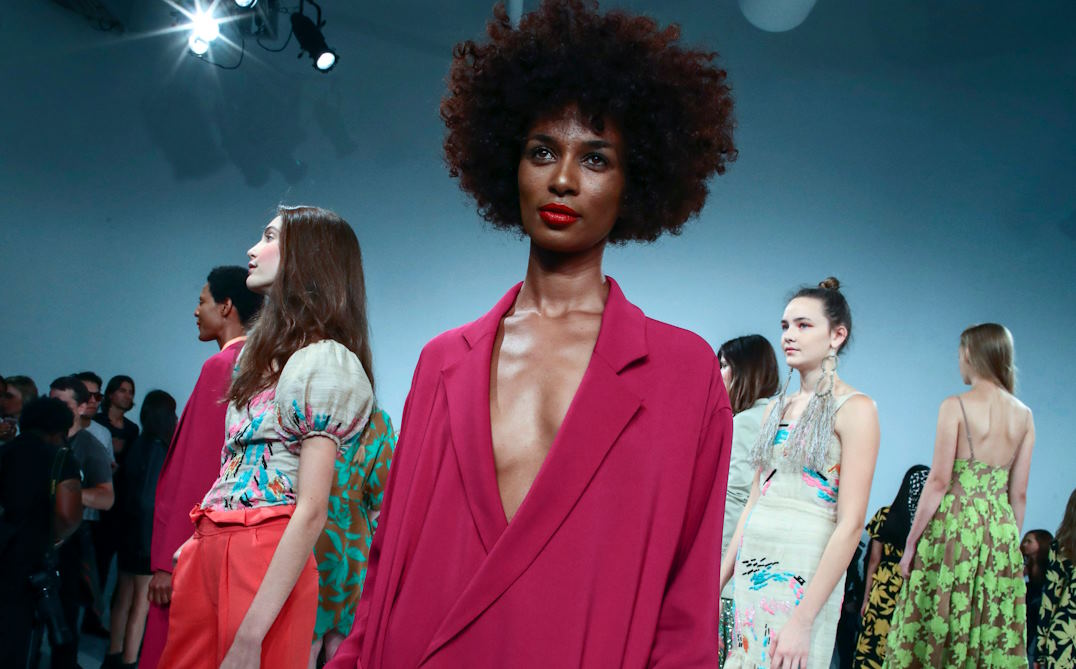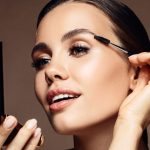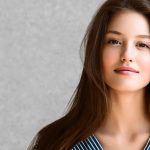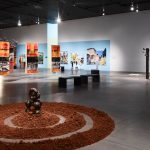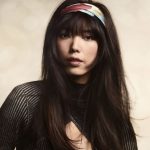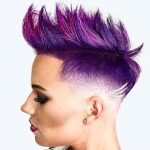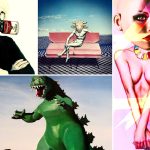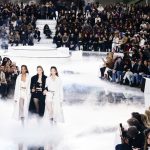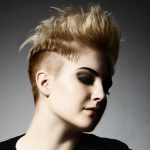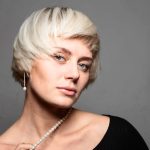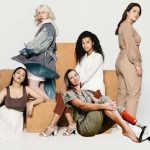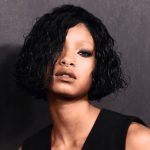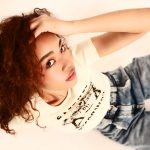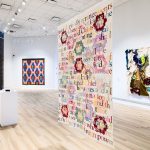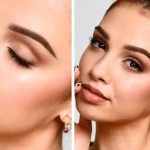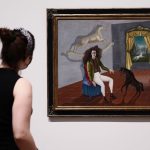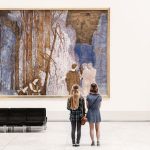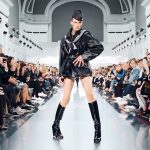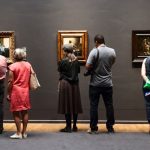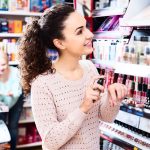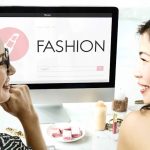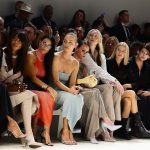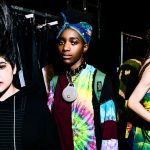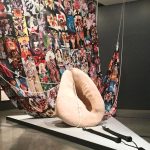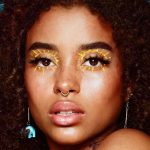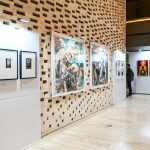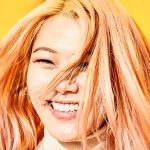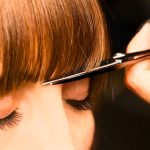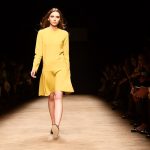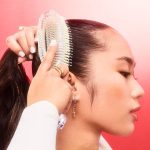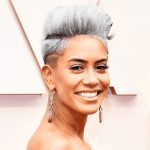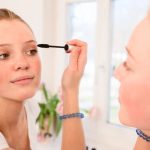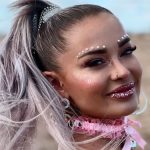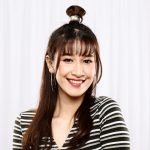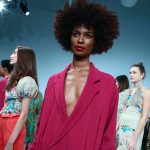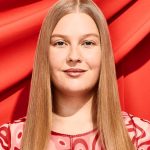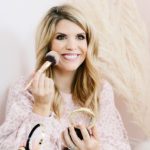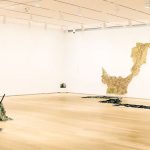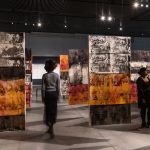In the vibrant world of fashion, the spotlight often shines on creativity, innovation, and aesthetic appeal. Yet, amidst the glamour and allure, there lies a pressing need to address a longstanding issue: the lack of diversity and inclusion in fashion event casting. In an industry where representation shapes perceptions and influences societal norms, the casting process holds immense power. It’s a stage where decisions about who gets to showcase designs and tell stories are made, impacting not only the models themselves but also the millions who consume fashion media worldwide. Thus, it becomes imperative to delve into the nuances of diversity and inclusion within fashion event casting, exploring its significance, challenges, and potential for transformative change.
The Need for Diversity and Inclusion in Fashion Event Casting
Historical lack of diversity in fashion
The history of fashion has been marred by a persistent lack of diversity, with traditional standards often prioritizing a narrow definition of beauty and identity. For decades, runways and campaigns have predominantly featured models of a certain size, ethnicity, and background, excluding a vast spectrum of diverse individuals. This historical precedent has not only perpetuated stereotypes but has also marginalized underrepresented groups, hindering their visibility and opportunities within the industry.
Impact of underrepresentation on various communities
The consequences of underrepresentation in fashion reverberate far beyond the runway. For marginalized communities, the absence of diverse representation can perpetuate feelings of exclusion and inadequacy, reinforcing harmful societal norms and beauty standards. Moreover, the lack of visibility can limit economic opportunities for aspiring models from underrepresented backgrounds, further exacerbating inequalities within the industry. Additionally, the perpetuation of narrow beauty ideals can contribute to issues of self-esteem and body image among individuals who do not conform to these standards.

Challenges in Achieving Diversity and Inclusion in Fashion Event Casting
Industry standards and norms
One of the primary obstacles to achieving diversity and inclusion in fashion event casting lies in entrenched industry standards and norms. For decades, the fashion world has adhered to rigid beauty ideals and aesthetic preferences, often favoring models who fit a specific mold. These standards, perpetuated by influential fashion houses and media outlets, create barriers for models who do not conform to conventional norms of beauty, ethnicity, or body size. Breaking away from these entrenched standards requires a fundamental shift in mindset and a willingness to embrace diversity in all its forms.
Implicit biases in casting decisions
Implicit biases play a significant role in shaping casting decisions within the fashion industry. Despite efforts to promote diversity, unconscious prejudices can influence casting directors’ perceptions and decisions, leading to the exclusion of underrepresented individuals. These biases, rooted in societal stereotypes and cultural norms, may manifest in subtle ways, such as favoring models who resemble those already in positions of power or privilege. Addressing implicit biases requires proactive measures, including diversity training and awareness-building initiatives, to ensure fair and inclusive casting practices.
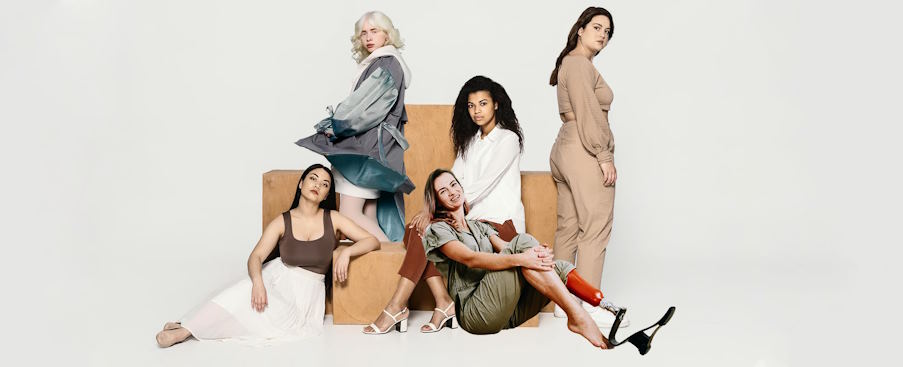
Strategies for Enhancing Diversity and Inclusion in Fashion Event Casting
Implementing inclusive casting calls
One of the first steps towards fostering diversity and inclusion in fashion event casting is to implement inclusive casting calls. By actively seeking out talent from diverse backgrounds, casting directors can broaden the pool of potential models and ensure that a variety of voices and perspectives are represented on the runway. Inclusive casting calls should prioritize transparency, accessibility, and fairness, providing equal opportunities for all aspiring models to showcase their talents regardless of their ethnicity, size, gender identity, or background.
Partnering with diverse modeling agencies and talent scouts
Collaborating with diverse modeling agencies and talent scouts is another effective strategy for enhancing diversity and inclusion in fashion event casting. These agencies specialize in representing models from underrepresented communities, offering a valuable resource for casting directors seeking to diversify their roster. By forming partnerships with diverse agencies, fashion brands and event organizers can access a wider range of talent and tap into new markets, ultimately enriching the industry with fresh perspectives and unique voices.

